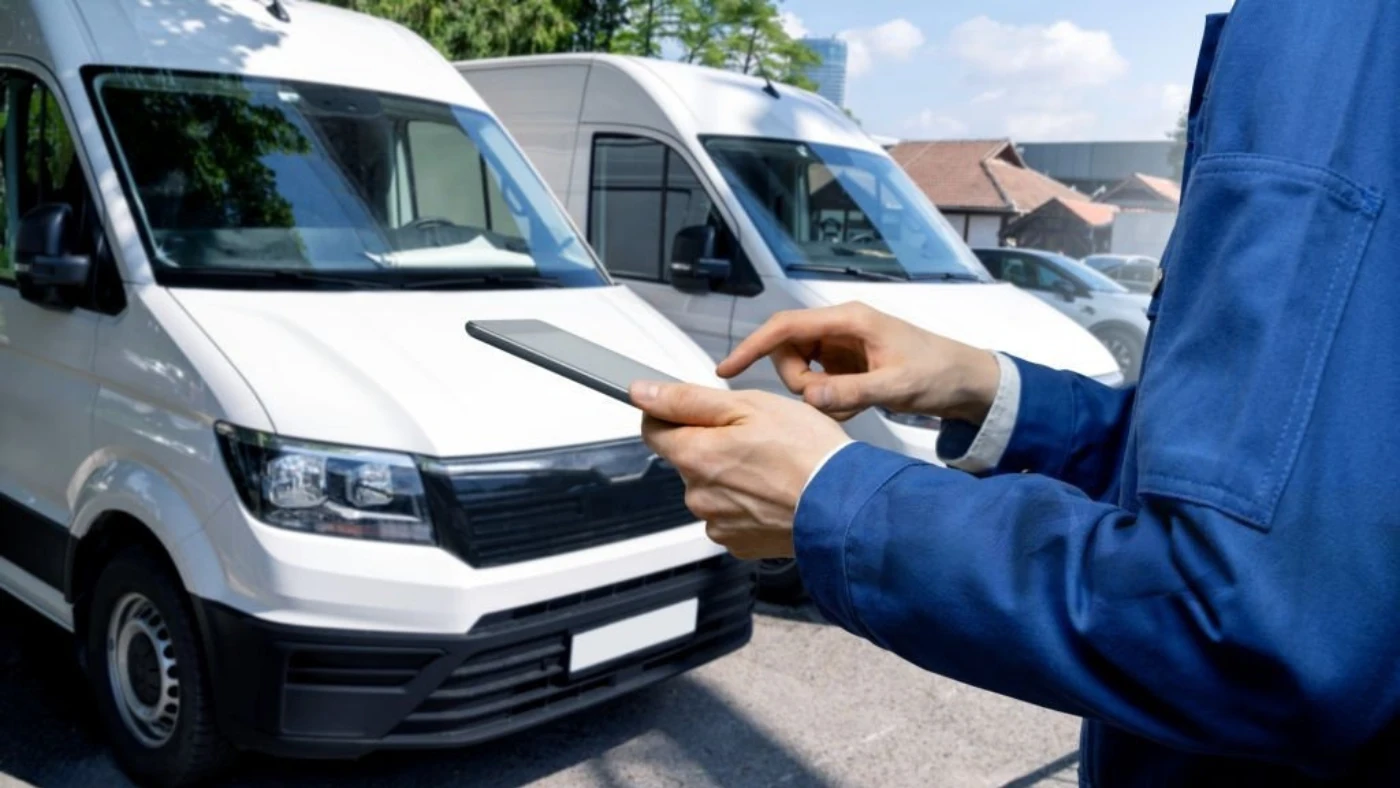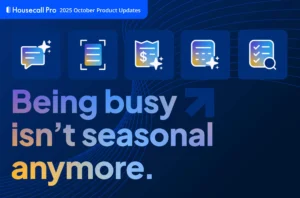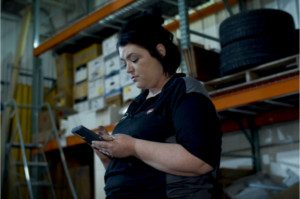Want to win more jobs with less effort?
Grow your business and send quick quotes with our home service software.

Want to see your potential revenue?
See what businesses like yours earn with Housecall Pro in 1 - 2 minutes.

As a Pro, your vehicle is more than transportation. It’s your mobile office, tool storage, and jobsite access. That makes it a major business expense—and one of your most valuable tax deductions.
The IRS gives you two options for deducting vehicle costs: the standard mileage method and the actual expense method. Both are solid approaches. The right choice depends on how you use your vehicle, how long you plan to keep it, and how much it costs to operate. You can choose separately for each vehicle in your business.
Track your mileage accurately
Accurate mileage records are non-negotiable. You’ll need to track:
- Total miles
- Business miles
- Commuting miles
- Personal miles
This determines your business-use percentage. You can keep a logbook, but using tools like Housecall Pro’s GPS tracking makes it faster, easier, and more reliable.
Two methods, one decision
Standard mileage method
Multiply your business miles by the IRS rate ($0.67 per mile in 2025). This rate covers gas, maintenance, insurance, and depreciation—all in one number.
Best for:
- Fuel-efficient vehicles
- Pros who drive a lot
- Simpler tax filing
Actual expense method
Deduct the business-use portion of fuel, insurance, repairs, registration, and depreciation. If a vehicle is 80% business use, you can deduct 80% of those costs.
Example expenses that count:
- Gas and maintenance
- Insurance and registration
- Depreciation (including Section 179 and bonus depreciation)
Good to know: Parking and tolls are deductible with either method—even if you don’t log them with mileage.
Meet Mike, a Pro like you
Mike runs an appliance repair business and uses Housecall Pro’s GPS vehicle tracking to automatically log mileage and connect trips to jobs. Over time, he uses three vehicles—each with a different deduction strategy.
Mike starts with a sedan
Mike begins with a fuel-efficient sedan he already owns. He drives 15,000 business miles. His out-of-pocket costs are low—just gas, basic maintenance, and insurance.
- Standard mileage method: $10,050 (15,000 miles × $0.67)
- Actual expense method: ~$5,500
Even with depreciation, the actual expense method gives him a smaller deduction. He chooses standard mileage for the bigger write-off and simpler filing.
Mike buys a work van
Business picks up, and Mike buys a $45,000 heavy-duty van with custom shelving. It comes with high fuel and maintenance costs. He drives 10,000 business miles.
- Standard mileage method: $6,700 (10,000 miles × $0.67)
- Actual expense method:
– $4,500 fuel and maintenance
– $3,000 insurance and registration
– $38,200 depreciation (via Section 179 and bonus depreciation)
– Total deduction: $45,700
Mike chooses actual expenses to get the larger deduction upfront—ideal for lowering his current tax bill, especially if he plans to replace the van within a few years.
Trade-off: Once Mike picks the actual method for this van, he can’t switch back to mileage—even if business use or costs drop later. It’s a smart move for short-term savings, but it limits long-term flexibility.
Mike adds a sales car
Mike gets a compact hatchback for estimates and sales calls. It’s fuel-efficient, and he logs 18,000 business miles.
- Standard mileage method: $12,060 (18,000 miles × $0.67)
- Actual expense method: $2,000 fuel and maintenance + $8,200 depreciation = $10,200 total
He uses standard mileage again. It gives him a solid deduction and keeps the door open to switch later if needed.
Making the right choice
There’s no one-size-fits-all answer. Each vehicle deserves its own analysis.
- Use standard mileage if the vehicle is inexpensive to operate, you drive often, or you want to keep things simple.
- Go with actual expenses if the vehicle is costly or you want to leverage large depreciation upfront.
Pro tip: Choosing standard mileage in the first year keeps your options open. You can switch to actual expenses later. But again, once you choose actual, you’re locked into that approach for the life of that vehicle.
Bottom line
No matter which method you pick, accurate mileage tracking is a must. Whether you use Housecall Pro’s GPS tracking or a handwritten log, good records are the foundation of your tax deduction strategy.
Need help deciding what’s best? Our team of experts is ready to help. [Learn more here.]





